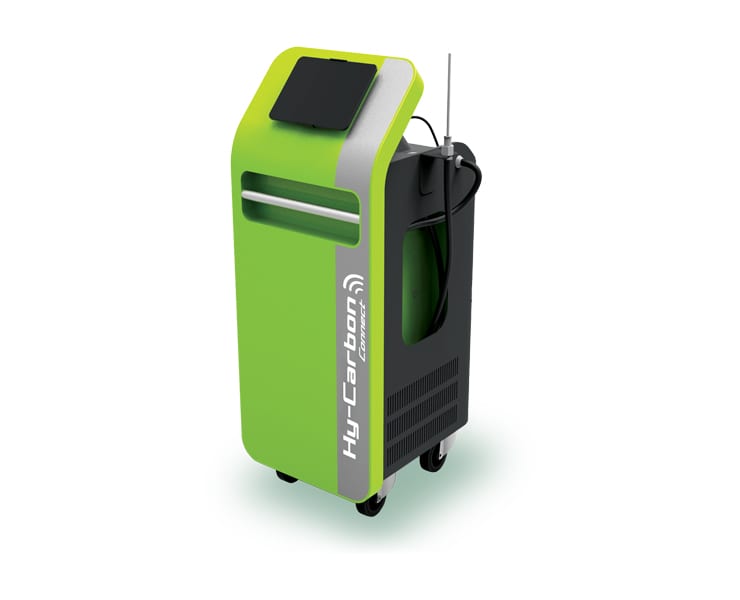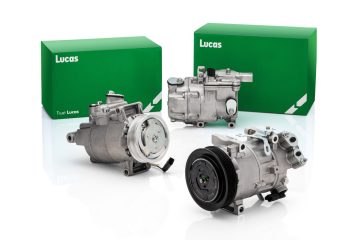
FlexFuel Energy Development is unveiling its newest emission control product at the Consumer Electronics Show (CES) in Las Vegas this week.
The Hy-Carbon Connect, which will be available within the next twelve months, offers a fuel-efficient and non-labour-intensive solution to carbon build-ups in vehicles, providing consumers with a unique tool to lower their carbon footprint. FFED is unveiling the product at Stand 830 within CES’s Smart Cities Pavilion.
Internal combustion engines produce carbon deposits (soot) in cylinders, pistons, and valves within the engine as a result of regular operation. This build-up of carbon over time can decrease fuel efficiency and engine performance, as well as cause difficulties when starting vehicles.
The Hy-Carbon Connect conducts a preliminary analysis of key engine components to assess current efficiency and performance. Based on the results of the analysis, it then automatically initiates the optimum hydrogen carbon clean to eliminate carbon deposits. The process requires little effort for the consumer, uses no chemical additives, and requires only water to operate. This offers a pollution reduction of up to 60% and fuel economy savings of up to 15%.
“The Hy-Carbon Connect is unique in its reliability, versatility, and ecology,” says Jérôme Loubert, Director of Business Development for FEED. “While other products on the market can follow commands after an auto services professional analyzes an engine’s condition, the Hy-Carbon Connect can analyze the engine clogging condition on its own before beginning its tailored cleaning treatment. For consumers who are concerned about their carbon emissions but are both wary of labor-intensive routines and fuel price sensitive, this product is an easy and efficient gateway to reducing one’s carbon footprint.”
How The Hy-Carbon Connect Works: The Hy-Carbon Connect conducts a preliminary driving profile analysis of the vehicle and automatically operates engine components, including the turbo, EGR valve, and intake valves, to analyse their performance. After gauging the exact level of engine clogging, the Hy-Carbon Connect begins its tailored cleaning process.
The Hy-Carbon Connect can connect to most modern vehicles through an OBD II port. The Hy-Carbon Connect can generate and send a comparative report detailing the improved conditions of the engine components, enabling service professionals to predict future issues and treatments. Additionally, Hy-Carbon Connect machines around the world can form a global network of vehicle engine analysis and treatment data, offering professionals access to crucial insight into repair activities with the possibility of enhanced maintenance through remote monitoring.
Results From Testing: Hy-Carbon Connect will also have a large impact on relatively new, low mileage vehicles. An independent report conducted by UTAC, the official automotive testing lab for the French Government, and certified by the European Union, a 2018 Volkswagen MkVII Golf with 10,000 km on the clock saw a significant reduction in harmful emissions.
| Hydrocarbon | Carbon Monoxide | Carbon Dioxide | Nitrogen Oxides | Non-Methane Hydrocarbon | Methane | Particle Number | |
| Reduction After Treatment | 21% | 15% | 1% | 2% | 24% | 8% | 86% |




You must be logged in to post a comment.